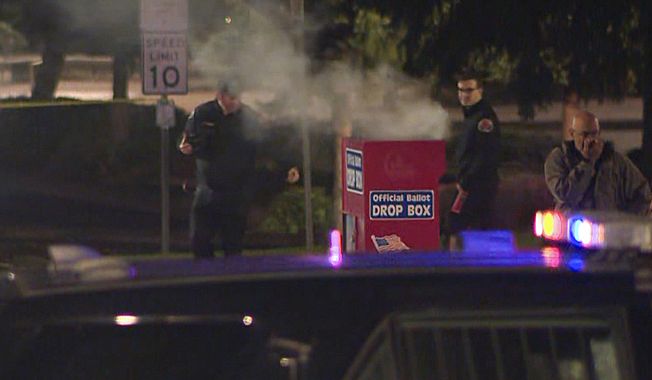
FILE - This May 19, 2010, file photo shows a blue rectangular piece of microplastic on the finger of a researcher with the University of Washington-Tacoma environmental science program, after it was found in debris collected from the Thea Foss Waterway, in Tacoma, Wash. Tiny bits of broken-down plastic smaller than a fraction of a grain of rice are turning up everywhere in oceans, from the water to the guts of fish and the poop of sea otters and giant killer whales. Yet little is known about the effects of these "microplastics" - on sea creatures or humans. (AP Photo/Ted S. Warren, File)
Featured Photo Galleries














